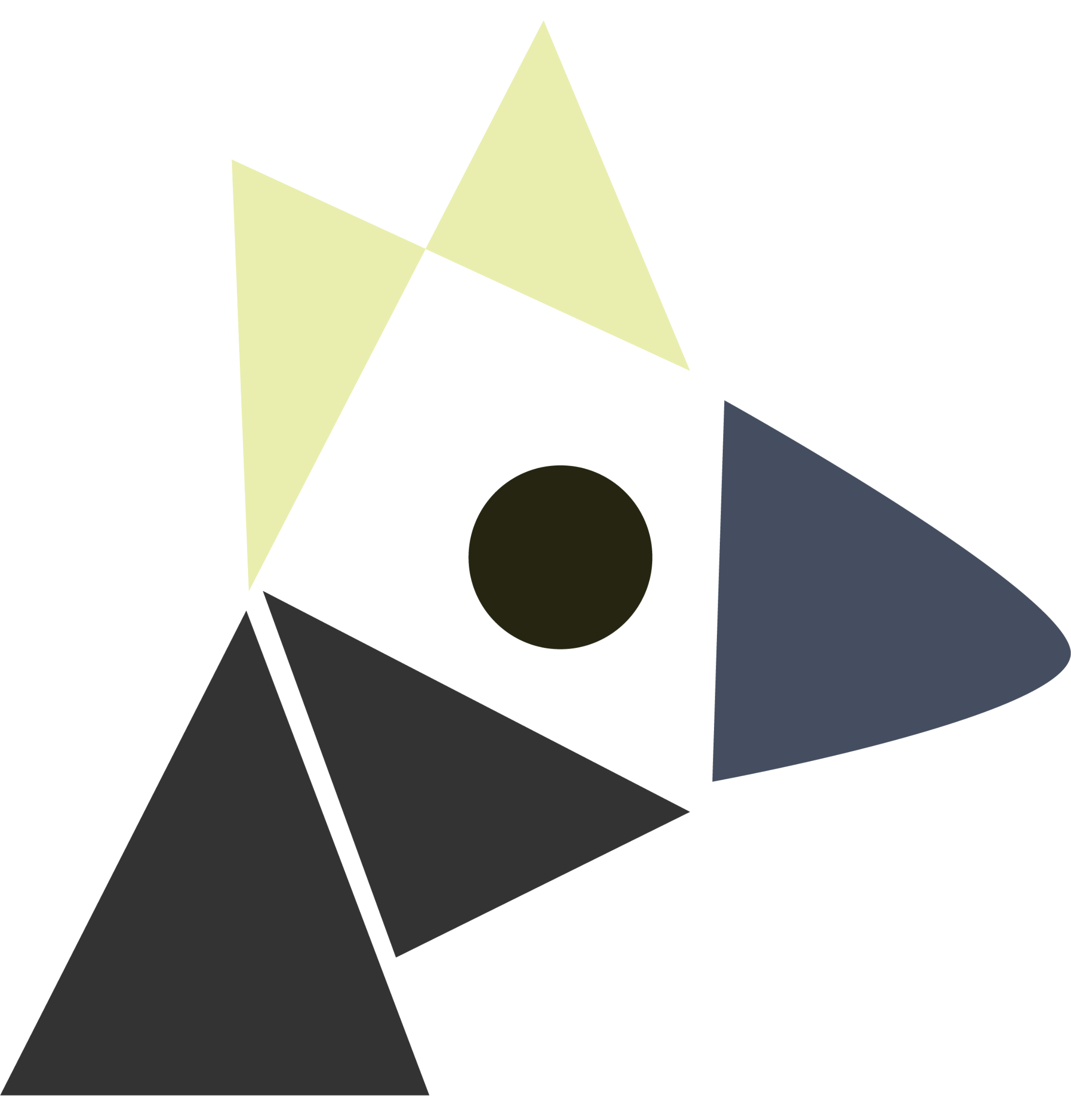constituents
- dataset \(\qty {x^{(1)}, \dots, x^{(n)}}\)
- number of clusters \(k\)
requirements
Initialize cluster centroids \(\mu_{1}, …, \mu_{k}\) randomly, and repeat:
- assigning points \(x^{(i)}\) to cluster centers \(c^{(i)}\): for each \(i \in [1, \dots N]\), write \(c^{(i)} = \arg\min_{j} \norm{x^{(i)}- \mu_{j}}^{2}_{2}\)
- update centroids: for each \(j \in [1 \dots k]\), write \(\mu_{j} = \frac{\sum_{i=1}^{n} \mathbbm{1}\qty {c^{(i)}=j} x^{(i)}}{\sum_{i=1}^{n} \mathbbm{1}\qty {c^{(i)}=j}}\)
additional information
some ways to pick better centroid
- sample the data points as the initial centroids
- k-means++
k-means++
- pick uniform data point to be first centroid
- pick next centroid w.r.t. probability proportional to distance to the previous centroid squared
distortion function
Consider the following function:
\begin{equation} J\qty(c, \mu) = \sum_{i=1}^{n} \norm{x^{(i)}- \mu_{c^{(i)}}}^{2} \end{equation}
Adding more clusters will reduce this function, and at some point we will reach a regime where this function reaches minima. There will be a point where we reach an “elbow” where decreases is no longer as dramatic.
